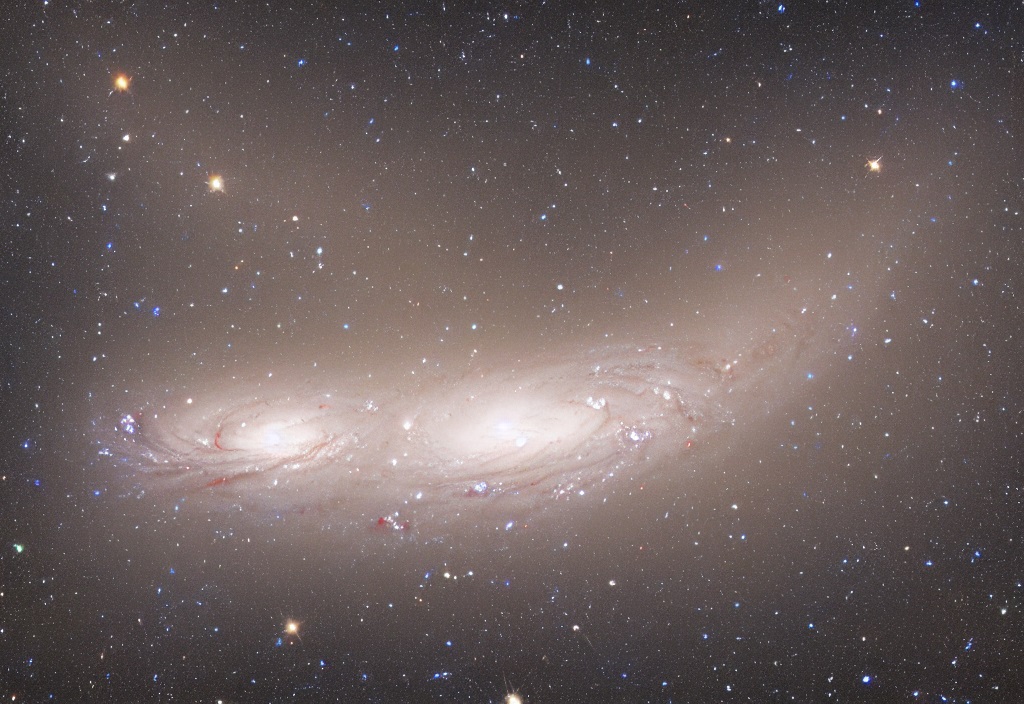Andromeda Galaxy Is A Treasure Trove of Exoplanets
2 min read
The Andromeda Galaxy, located a staggering 2.5 million light-years away from Earth, has long captured the fascination of astronomers and space enthusiasts. Beyond its captivating spiral arms and celestial wonders, recent discoveries have unveiled a captivating aspect of Andromeda: its status as a treasure trove of exoplanets. These distant worlds hold the promise of expanding our understanding of planetary systems, habitability, and the prevalence of life in the cosmos. Let us embark on a journey to explore the remarkable exoplanetary discoveries within the Andromeda Galaxy.
Unveiling the Exoplanetary Riches in Andromeda
In recent years, advanced observation techniques and cutting-edge instruments have enabled astronomers to detect exoplanets in unprecedented numbers within Andromeda. By employing methods such as the transit and radial velocity techniques, scientists have identified a diverse array of planetary systems, each with its unique characteristics and orbital configurations.
Variety and Habitability
Among the exoplanetary treasures of Andromeda, scientists have found a rich assortment of planetary types. Gas giants, akin to our own Jupiter, reign supreme in some systems, while others boast rocky, terrestrial worlds similar to Earth. The sheer diversity of exoplanets in Andromeda hints at the remarkable possibilities that exist within this galactic neighbor.
The Quest for Habitable Worlds
One of the most profound questions in astronomy revolves around the existence of habitable exoplanets. Andromeda has played a pivotal role in this quest. Researchers have identified several potentially habitable exoplanets within the galaxy’s habitable zone, the region where conditions might be suitable for liquid water to exist. These findings raise intriguing possibilities for the existence of life beyond our own Milky Way.
Comparative Exoplanetology
The discovery of exoplanets in Andromeda not only expands our knowledge of the galaxy itself but also allows for a unique opportunity for comparative exoplanetology. By studying the composition, atmospheres, and orbital dynamics of these distant worlds, scientists can gain valuable insights into the similarities and differences between planetary systems in Andromeda and those within our own galaxy
Implications for the Prevalence of Life
The abundance of exoplanets within Andromeda serves as a tantalizing hint towards the prevalence of life in the cosmos. By extrapolating from the exoplanet population in Andromeda, scientists can make estimations and refine our understanding of the likelihood of life-supporting planets throughout the universe. These discoveries within Andromeda provide invaluable data points in the ongoing search for extraterrestrial life.
The Andromeda Galaxy stands as a testament to the vastness and diversity of the cosmos. Its role as a treasure trove of exoplanets opens up a new frontier for exploration and understanding. From gas giants to potentially habitable terrestrial worlds, the exoplanetary discoveries within Andromeda captivate our imaginations and inspire further scientific inquiry. As we continue to unveil the mysteries of this distant galaxy, the exoplanets of Andromeda offer a glimpse into the rich tapestry of planetary systems that exist beyond the boundaries of our own Milky Way.


